Water pollution is a pressing concern worldwide, and the United States faces its share of challenges when it comes to clean drinking water. Several cities grapple with contamination issues, affecting the health and well-being of their residents. Let’s delve into the details of some of the most water-polluted cities in the USA.
Flint, Michigan
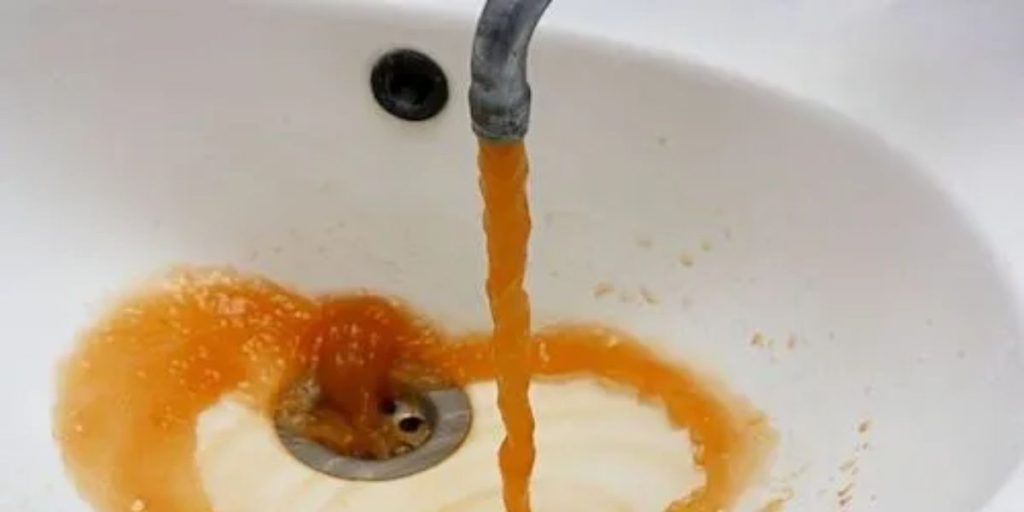
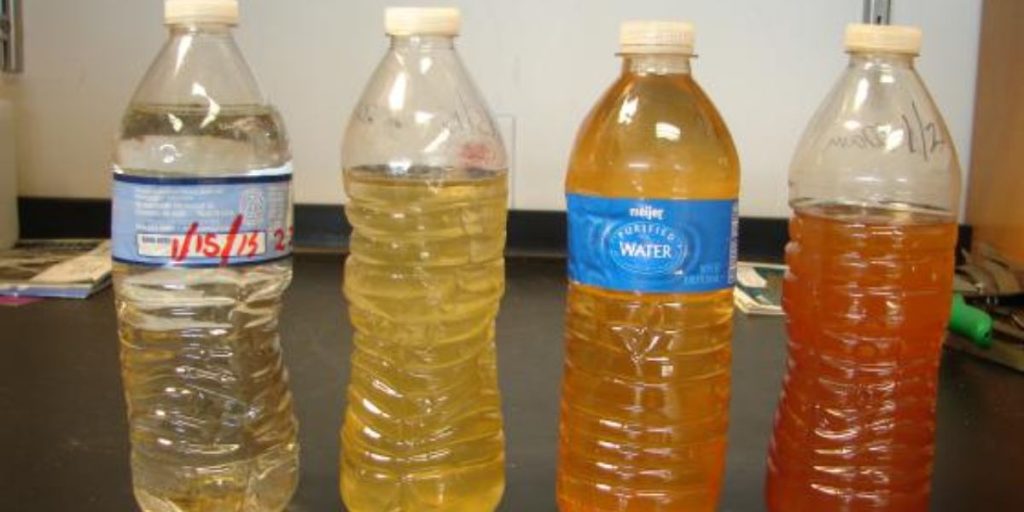
Issue: The infamous Flint water crisis began in 2014 when lead was discovered in the city’s drinking water supply.
Current Situation: Although lead levels have decreased over the years, residents remain wary of using lead-contaminated water.
Pittsburgh, Pennsylvania
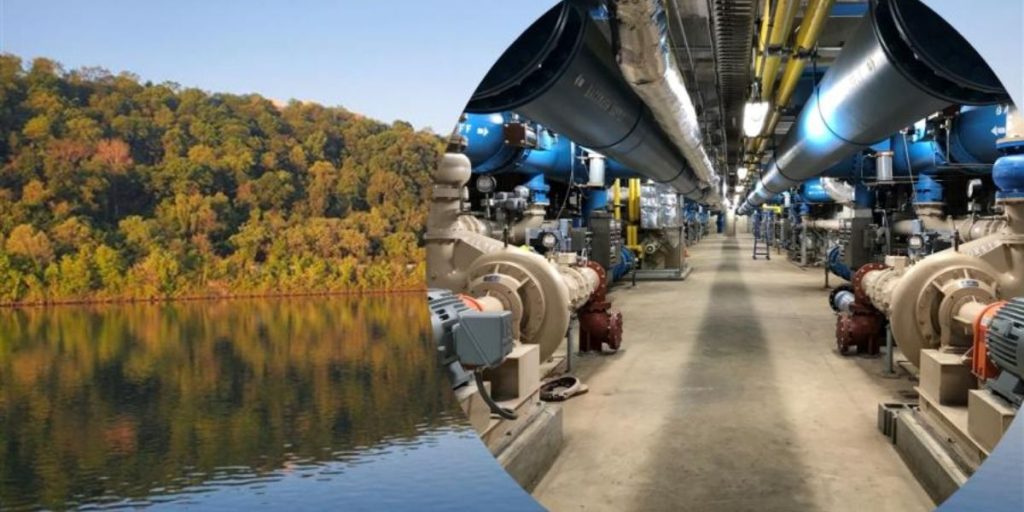
Issue: In 2016, Pittsburgh residents were informed that their tap water contained 22 parts per billion of lead, exceeding the norm of 15 parts per billion.
Controversy: Officials attempted to hide this fact from residents for years.
Milwaukee, Wisconsin
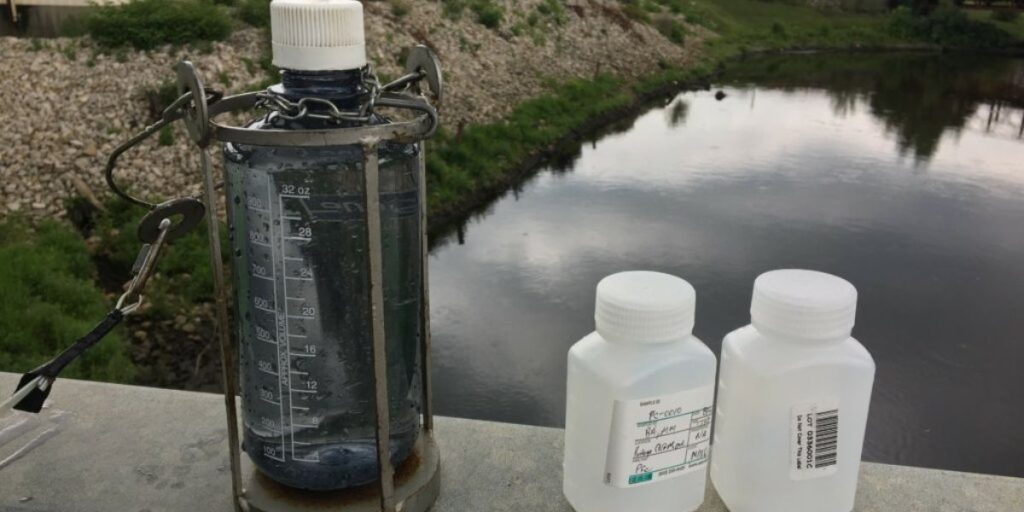
Issue: Aging plumbing structures led to lead and chromium-6 contamination.
Recommendation: Residents in homes built before 1951 were advised to filter their water.
Lapses: The city’s health commissioner resigned in 2018 for failing to alert families with elevated lead levels.
Reno, Nevada
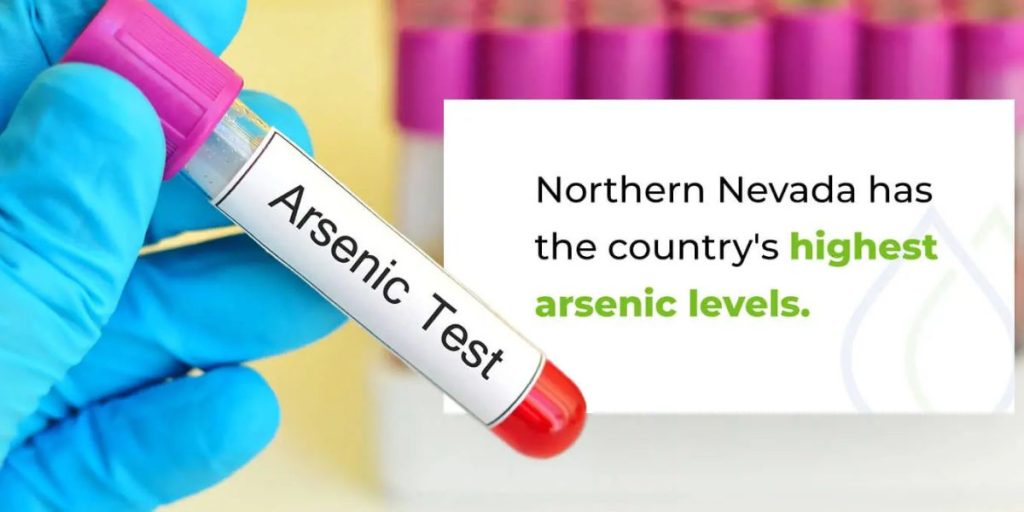
Contaminants: Reno’s water contains over 11 contaminants, including arsenic, manganese, and tetrachloroethylene, exceeding EPA limits.
Las Vegas, Nevada
Concerns: Both Las Vegas and North Las Vegas face water quality issues.
Detected Contaminants: More than 20 contaminants, including arsenic, lead, uranium, and radium, were found in the water supply.
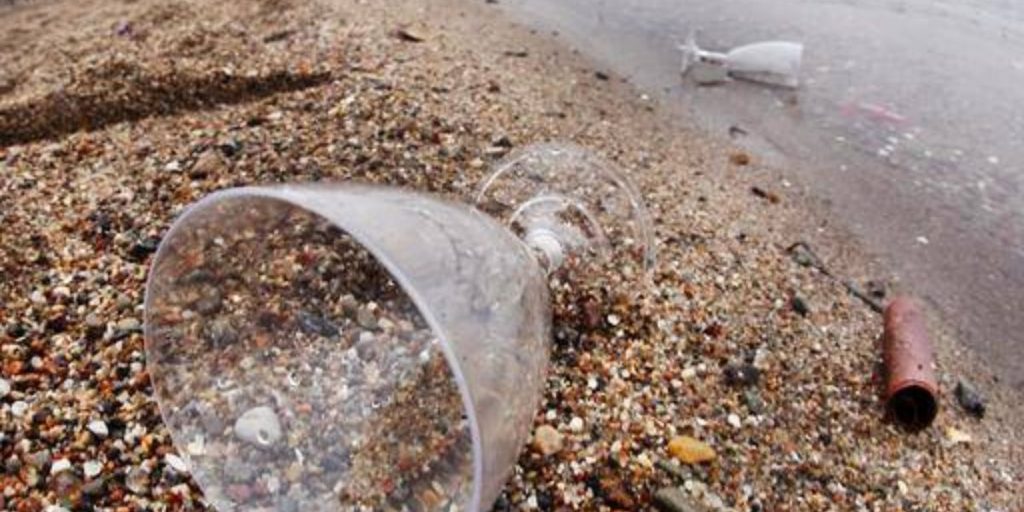
Fresno, California
Mining Waste: In 2017, Fresno’s water suffered from mining waste contamination.
Pollutants: A total of 19 pollutants, including arsenic, aluminum, combined uranium, and EDB, were present in excess levels.
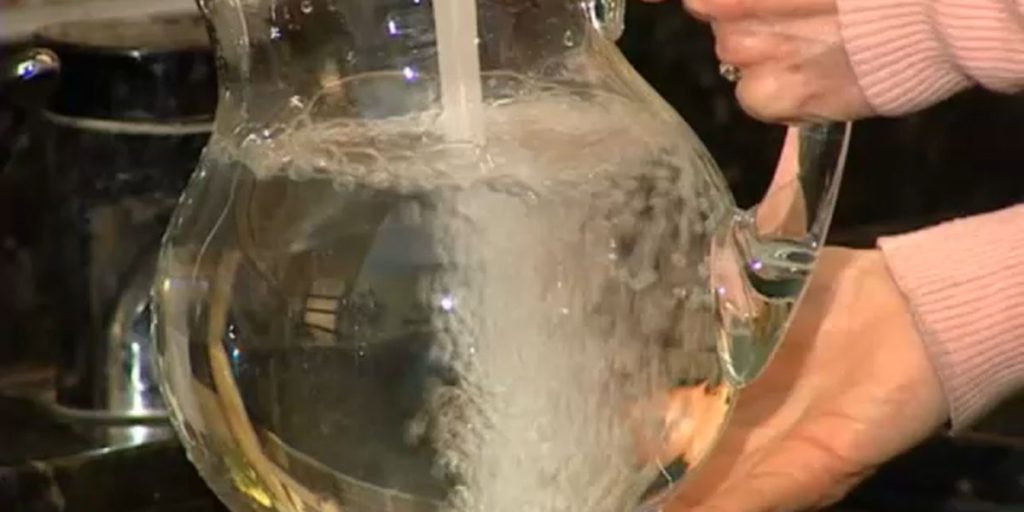
Modesto, California
Contaminants: Modesto’s water contains more than 13 different contaminants above health guidelines.
Source: Local agricultural practices and associated chemicals contribute to water pollution.
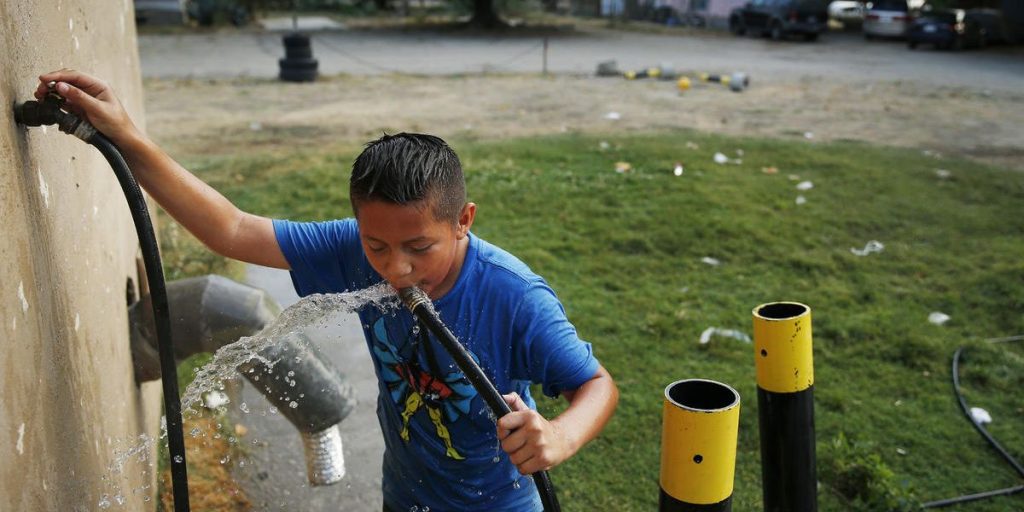
These cities serve as stark reminders of the urgent need for better water management, infrastructure upgrades, and stricter regulations. As we address these challenges, let’s advocate for clean water access for all Americans.
Remember, water quality affects everyone, and collective efforts are crucial to safeguard our most precious resource.
SOURCE: 247wallst; Wikipedia, mechanicology